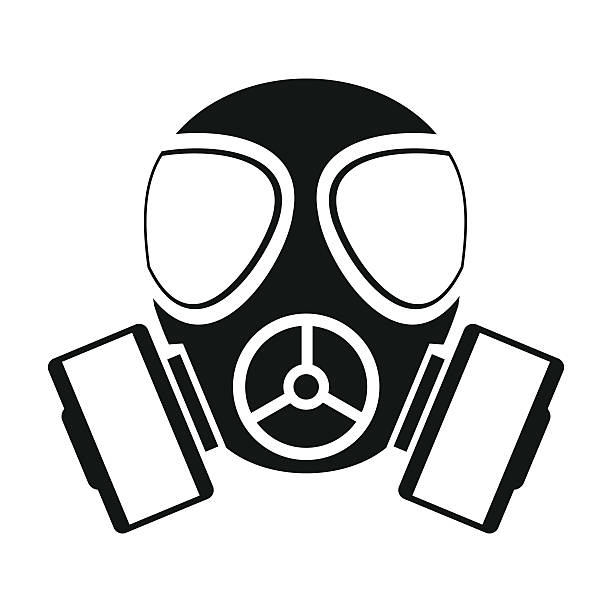The latest version of the Workplace Exposure Standards and Biological Exposure Indices was published in November 2018, and WorksafeNZ is proposing a raft of changes to the exposure standards and these are currently ‘Under Consultation’. The deadline for having your say is 7th August 2019.
Some of these changes will impact workplaces across New Zealand especially regarding silica and wood dust. Yet, most business owners don’t understand what WES is or how it affects them. This blog is my attempt to demystify the topic; however, please remember I am not an Occupational Hygienist or Occupational Health Nurse. If you want to talk to a ‘competent’ person, let me know and I can point you in the right direction.
What Substances are going to be affected?
If you have a process that uses any of the following substances pay attention:
Acetaldehyde, Acrylamide, Acrylonitrile, Antimony trioxide, 1,3-Butadiene, n-Butyl acrylate, n-Butyl glycidyl, Carbon disulphide, p-Dichlorobenzene, Dichlorvos, Dimethyl sulphate, Epichlorohydrin, Ethyl chloride, Ethylene dibromide (1,2-Dibromoethane), Ethylene oxide, Furfural, Glutaraldehyde, Glycidol, Hydrazine, Malathion, Maleic anhydride, 2-Methoxyethanol, 2-Methoxyethylacetate, 4,4-Methylene dianiline, Naphthalene, Phenyl glycidyl ether, Phthalic anhydride, Propylene dichloride, Pyridine, Silica – quartz and cristobalite, Sulphur dioxide, Thiram, Vinyl cyclohexene dioxide, Wood dust and Styrene
What is WES? – Workplace Exposure Standards
The ‘WES’is the ‘expected amount’ of substance exposure that an average person can tolerate without feeling sick or having some sort of adverse reaction. The challenge is that much like exposure to extreme temperatures, some people cope better than others. Also, how ‘tolerant’ someone is will depend on if a substance is inhaled, ingested or absorbed through the skin
The ‘WES Book’ sets out guidelines for occupational health and safety people refer too. It’s mainly based on the American Conference of Governmental Industrial Hygienists (ACGIH) 2002 Threshold Limit Values.
What is BEI? – Biological Exposure Indices
BEI monitoring measures the concentration of a substance – or its breakdown products – in blood or urine. This is basically what happens during drug testing. A competent person can work out the amount of substance that was taken and how long ago it was ingested. The monitoring result is compared to a standard established for the specific substance – known as its biological exposure index. Another example is blood testing done on industrial welders.
What is PES? – Prescribed Exposure Standards
PES is the ‘upper limits’ that an average person can be exposed to for any given substance. To date, there are no PES’s under the WES standards or any Safe Work Instruments. There are a couple of nasty substances such as methyl bromide and 1080 poison that have prescribed PES’s under the Hazardous Substances and New Organisms Act 1996.
What does this all mean in the real world?
It gets complicated in the real world because:
- You need to identify that there is a hazard
- You need to get a ‘competent’ person to assess the hazard. They will identify the groups of workers that are exposed, establish sample groups and decide the length of time it will take to complete a meaningful testing programme.
- If there are exposure samples that exceed WES/BEI thresholds you need to work with your team to decide how you are going to manage/ control the hazard.
- Controlling the hazard includes training your workers in what to do to stay safe and what to do in an emergency.
- Conducting regular health monitoring and site audits to make sure control measures such as engineered ventilation systems or face masks are working is also mission critical.
Getting a bit legal – Do you really have to do something?
Simple answer = yes:
Section 36 of Health and Safety At Work Act 2015 requires PCBUs to ensure worker health and safety ‘so far as is reasonably practicable’.
Regulation 30 of Health and Safety at Work (General Risk and Workplace Management) Regulations 2016 requires a person in charge of a businesses or undertaking (PCBU) to conduct exposure monitoring to determine the concentration of a hazardous substance.
Regulation 32 of the GRWM Regulations also requires the PCBU to make the results of exposure monitoring available to any person in the workplace
Resources
Workplace Exposure Standards and Biological Exposure Indices (Nov 2018)
Full Monty guide used by OHSE practitioners who are monitoring/ managing WES issues.
INTERPRETIVE GUIDELINES General Risk and Workplace Management
See page 22 ‘Exposure Monitoring’
Workplace Exposure Standards changes 2019
WorkSafeNZ’s general information and links to the consultation documents.
As always, if you have anything to add to the discussion on Workplace Exposure Standards please call Sarah on 0272 007 680 or email sarah@employmenow.co.nz.
Have a safe and productive week.
SB
